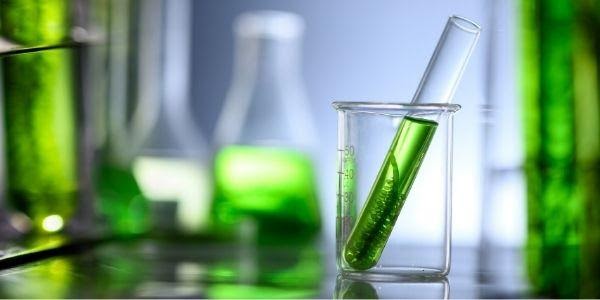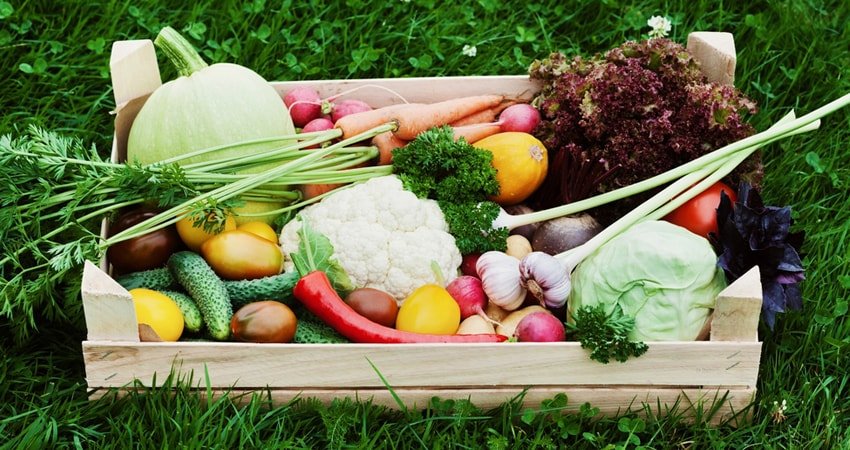
Have you ever wondered why, on the label of your cosmetics, it says: Extract, hydrolat, distillate or hydroglycolic extract of the same plant species? What is the difference between each of them? Well, that’s exactly what we are going to uncover in today’s article! Keep reading!
To answer all the above questions, you must first know that plant species produce a large number of substances resulting from their metabolism, called phytochemicals, and that these are responsible for the beneficial properties they can provide to the skin.
These phytochemicals are found in different concentrations in the organs of the plants, so when we collect plant material for extraction, we need to know exactly in which organ the phytochemical is found.
Once the organ is chosen (flower, stem, leaves, bark, roots, seeds or fruits), the most appropriate extraction method is used, depending on the organ used, the solubility of the phytochemical, time, cost and available equipment.
Some traditional methods are:
– Infusion and decoction
– Maceration
– Percolation
– Distillation
– Expression (also known as expeller-pressed or cold-pressed)
– Enfleurage
Next, we tell you more about each technique:
Infusion: it is carried out by heating the solvent to about 80°C, then it is removed from the fire and the plant is moistened, covered and left to rest for 5-10 minutes. This technique allows the extraction of thermostable substances from soft organs such as leaves, flowers and tender stems.
Decoction: this is something similar to infusion, except that the plant is moistened and once it reaches 80°C, it is left for 10-20 minutes on the fire with the container covered, to avoid evaporation of the solvent.
As for the infusion, the decoction is also used to extract the thermostable substances, but in this case from rigid tissues, like roots, barks and strong stems. In both cases, after cooling, the extract must be diluted to 5%. It should be noted that an extract should never be used directly on the skin, as it can be irritating.
Maceration: consists of putting the plant in contact with the solvent for a long period of time, ranging from 8 hours to 20 days. The solvents that can be used are: alcohol, oil, water, glycerine, to name a few, or mixtures of these solvents can be used.
Percolation: This consists of placing the powdered plant in a column and passing the solvent through the top so that it passes through the whole column, and collecting the extract from the bottom, which is very similar to what a coffee maker does. With this method, substances can be extracted from soft tissues in less time than with maceration.
Distillation: This method is based on the separation of the mixture of substances by difference in their boiling point, so that the substances with a lower boiling point are extracted first and then those with a higher boiling point.
This method makes it possible to obtain essential oils and hydrolats, which are made up of water with a little essential oil, also called distillates or floral waters.
Expression: consists of passing the plant through a hydraulic press to press it and obtain certain heat-sensitive phytochemicals, such as certain vegetable oils and essential oils.
Finally, in the enfleurage, animal or vegetable fats are used that are put in contact with the plant to extract the volatile substances that it gives off, such as certain essential oils, mainly those of flower petals.
With all the techniques described above, we obtain extracts that will receive different names depending on the solvent used or the concentration in which they are found.
For example, depending on the solvent, they can be alcoholic, hydroalcoholic, glycero-alcoholic, hydroglycerinated, oleated extracts, etc. And if the solvent is evaporated to obtain the most concentrated extract, we can talk about fluid extracts.
In conclusion, the name of the extract is directly related to the methodology used for its extraction. Currently, with the use of technology, these methods have undergone some modifications and new methodologies have appeared, in order to obtain better yields of phytochemical compounds. Now that you know more about the different extraction methods used for creating beauty products, what are your thoughts about them? Let us know in the comments below.



